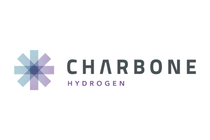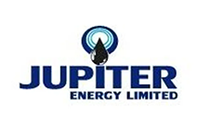A brief overview of gas price developments, supply and demand and significant market
movers.
Natural gas futures ended last week at a three-week low as forecasts indicating that temperatures across parts of the US will be above-normal for the beginning of December pulled down near-term demand expectations for the fuel.
On the New York Mercantile Exchange, natural gas futures for January delivery rose 1.4 percent on Monday to settle at $3.61 per million British thermal units by close of trade. Forecasts showing that temperatures will be mild across key parts of the US in the first two weeks of December are continuing to dampen gas sentiment.
The Commodity Weather Group’s forecast that December will begin a lot warmer than usual across the US has led bearish speculators to bet on the warm weather reducing early-winter demand for natural gas.
The Energy Information Administration said that natural gas storage in the US rose by 4 billion cubic feet last week to a total of 3.877 trillion cubic feet.
Natural gas futures hit a 14-month high of $4 per million British thermal units on November 26 on the back of expectations of a cold winter and an increase in heating demand.
Australia’s Woodside Petroleum (ASX:WPL) confirmed that it will buy a 30-percent stake in Israel’s Leviathan natural gas field. The move is being hailed as a blow to Gazprom’s (MCX:GAZP) ambitions of underlining its position as Europe’s dominant supplier and expanding in the liquefied natural gas (LNG) market.
Meanwhile, The Wall Street Journal reported that a tanker carrying LNG has become the first to cross the Arctic Ocean from Norway to Japan. The voyage could have significant implications for the gas market as well as for the Arctic, and is being hailed as a potential breakthrough in the transport of gas. After leaving Norway last month, the tanker arrived in Japan on Monday.
An official development plan released by China’s National Development and Reform Commission confirmed that the country will not only consider linking gas prices across the value chain, but is also open to the establishment of a national natural gas trading market.
The government is pushing ahead with natural gas pricing reforms and it plans to study the possibility of linking prices across all upstream, midstream and downstream gas segments, according to Platts. It added that it will also consider introducing differentials in gas prices to reflect seasonal demand.





